Articles
How To Store Silicone Caulk
Modified: December 7, 2023
Learn the proper way to store silicone caulk to extend its shelf life and ensure it's usable for your future DIY projects. Read more articles on caulking tips and techniques.
(Many of the links in this article redirect to a specific reviewed product. Your purchase of these products through affiliate links helps to generate commission for Storables.com, at no extra cost. Learn more)
Introduction
Silicone caulk is a versatile and commonly used product in various home improvement projects. It is often used for sealing gaps and joints, providing a watertight seal and preventing moisture from seeping in. However, many people overlook the importance of proper storage when it comes to silicone caulk. Storing silicone caulk correctly is crucial to maintaining its effectiveness and extending its shelf life.
In this article, we will discuss why proper storage of silicone caulk is important and provide useful tips on how to store it to ensure its longevity. By following these guidelines, you can preserve the quality of your silicone caulk and save money by avoiding unnecessary wastage.
Key Takeaways:
- Proper storage of silicone caulk is essential to maintain its quality, prevent wastage, and extend its shelf life. Follow temperature control, sealing, and labeling tips to ensure optimal condition.
- Choosing the right storage location for silicone caulk is crucial. Consider temperature, ventilation, sunlight exposure, accessibility, and safety to maintain its effectiveness and usability.
Read more: How To Store Unused Caulk
Why Proper Storage of Silicone Caulk is Important
Proper storage of silicone caulk is essential for several reasons. First and foremost, it helps to maintain the quality and effectiveness of the product. Silicone caulk can degrade over time due to exposure to heat, humidity, and air. If not stored properly, it may become thick, lumpy, or completely unusable. This can make the caulk difficult to apply evenly and may result in a compromised seal.
Furthermore, storing silicone caulk correctly can help to prevent wastage. When exposed to air or moisture, caulk can harden or cure inside the tube, rendering it unusable. This can be frustrating and lead to the unnecessary purchase of additional caulk. By implementing proper storage techniques, you can ensure that your silicone caulk remains in a usable condition until you are ready to apply it.
Proper storage also helps to extend the shelf life of silicone caulk. Many brands of caulk have an expiration date printed on the packaging. Storing caulk in the recommended conditions can help to delay the expiration process, allowing you to use it for longer periods. This can be particularly beneficial if you have leftover caulk from a previous project that you would like to save for future use.
Additionally, correct storage practices contribute to a safer environment. Silicone caulk typically contains chemicals that emit strong odors. Storing it in a well-ventilated area can help to minimize the release of these odors, ensuring that your living space remains comfortable and safe.
Overall, proper storage of silicone caulk is crucial for maintaining its quality, preventing wastage, extending its shelf life, and creating a safer environment. By following the tips outlined in the next section, you can ensure that your silicone caulk remains in optimal condition and is ready to use when needed.
Tips for Storing Silicone Caulk
Proper storage of silicone caulk involves a combination of temperature control, sealing, and suitable storage containers. Here are some useful tips to ensure the longevity of your silicone caulk:
- Control the temperature: Store silicone caulk in a cool and dry location. Excessive heat can cause the caulk to harden or cure prematurely, while extreme cold temperatures may affect its consistency. Aim for a storage temperature between 40°F (4°C) and 80°F (27°C).
- Ensure a tight seal: After every use, make sure to tightly seal the caulk tube or container to prevent air and moisture from entering. You can use a caulk cap or wrap the nozzle with plastic wrap to create a secure seal. Alternatively, you can insert a nail or screw into the nozzle to block the opening and maintain freshness.
- Store in an upright position: It is important to store silicone caulk tubes or containers in an upright position to ensure that the caulk does not settle or separate. This helps to maintain a consistent viscosity and easier dispensing when you are ready to use it.
- Label and date: To keep track of the caulk’s shelf life, label the container or tube with the date of purchase or expiry. This will help you identify the older caulk and prioritize its use, reducing the chance of using expired caulk.
- Use a dedicated storage area: Dedicate a specific area for storing your silicone caulk to keep it organized and accessible. This can be a shelf, toolbox, or a designated section in your garage or storage room. By keeping all your caulks in one place, you can easily locate and access them when needed.
- Avoid exposure to sunlight: Direct exposure to sunlight can degrade the quality of silicone caulk. If possible, store it in a shaded area or use an opaque storage container to protect it from harmful UV rays.
- Regularly check for signs of degradation: Periodically inspect your silicone caulk for any signs of deterioration, such as changes in consistency, color, or a foul odor. If you notice any signs of degradation or if the caulk is past its expiration date, it is best to dispose of it and purchase a fresh tube.
By following these simple tips, you can ensure that your silicone caulk remains in optimal condition, ready to deliver the sealing performance you need for your next project.
Store silicone caulk in a cool, dry place away from direct sunlight and extreme temperatures. Keep the tube tightly sealed to prevent drying out. Consider using a caulk storage bag to extend the shelf life.
Choosing the Right Storage Location
When it comes to storing silicone caulk, selecting the right storage location is crucial for maintaining its quality and effectiveness. Here are some important considerations to keep in mind:
- Temperature and humidity: Choose a storage location that maintains a consistent temperature between 40°F (4°C) and 80°F (27°C) and has low humidity. Avoid storing caulk in areas prone to extreme temperature fluctuations, such as attics or basements, as these conditions can negatively impact the caulk’s performance.
- Well-ventilated area: Ensure that the storage location is well-ventilated to prevent the accumulation of fumes or odors that may be emitted from the caulk. A well-ventilated space also helps in dissipating any lingering odors, keeping the environment safe and comfortable.
- Avoid direct sunlight: Protect your silicone caulk from direct exposure to sunlight, as UV rays can degrade its quality. Store it in a shaded area or use an opaque container to shield it from harmful rays.
- Accessible and organized: Choose a storage location that is easily accessible and organized. This will allow you to quickly locate the caulk you need for your projects and prevent unnecessary rummaging or confusion. Consider using storage bins, shelves, or a toolbox to keep your caulk neatly organized.
- Safety first: Take safety precautions when choosing a storage location. Avoid storing silicone caulk near sources of heat, open flames, or flammable materials. Keep it out of the reach of children and pets to prevent accidental exposure or ingestion.
By selecting the right storage location for your silicone caulk, you can ensure that it remains in optimal condition and ready for use when you need it.
Precautions for Storing Silicone Caulk
While storing silicone caulk is relatively straightforward, there are a few precautions you should keep in mind to ensure its longevity and usability:
- Do not freeze: Avoid exposing silicone caulk to freezing temperatures, as it can cause the product to become unusable. If you live in an area with extremely cold winters, store the caulk indoors or in a climate-controlled environment.
- Avoid excessive heat: High temperatures can affect the consistency and quality of silicone caulk. Keep it away from direct heat sources, such as radiators or hot water pipes. If storing in a garage or shed, ensure that the temperatures do not exceed the recommended range.
- Seal tightly: Always seal the caulk container or tube tightly after each use. This prevents air and moisture from entering the container and affecting the quality of the caulk. Use a caulk cap or wrap the nozzle with plastic wrap to create a secure seal.
- Avoid mixing different batches: If you have multiple tubes or containers of silicone caulk, try to avoid mixing different batches. The composition and curing properties may vary, leading to inconsistencies in the final sealing results.
- Dispose of expired or degraded caulk: Regularly check your silicone caulk for any signs of deterioration, such as changes in consistency, color, or an unpleasant odor. If the caulk is past its expiration date or shows signs of degradation, it is best to dispose of it properly and purchase a fresh tube.
- Keep away from moisture: Moisture can cause silicone caulk to cure inside the tube, rendering it unusable. Avoid storing caulk in areas prone to high humidity or expose it to water, as this can lead to premature hardening of the product.
- Follow manufacturer’s instructions: Always refer to the manufacturer’s instructions for specific storage recommendations and any additional precautions that may apply to the particular brand of silicone caulk you are using.
By taking these precautions when storing silicone caulk, you can ensure that it remains in optimal condition and ready to use for your sealing projects.
Read more: How To Store Caulking Tube
Conclusion
Proper storage of silicone caulk is crucial for maintaining its effectiveness and prolonging its shelf life. By following the tips outlined in this article, you can ensure that your silicone caulk remains in optimal condition and ready for use whenever you need it.
Remember to store silicone caulk in a cool, dry, and well-ventilated location with a consistent temperature between 40°F (4°C) and 80°F (27°C). Seal the container tightly after each use to prevent air and moisture from entering, and store it in an upright position to maintain its consistency.
It is important to label and date your silicone caulk to keep track of its expiration date and prioritize its usage. Avoid exposing caulk to extreme temperatures, direct sunlight, or freezing conditions. Dispose of any expired or degraded caulk properly and purchase a fresh tube when needed.
By implementing these storage tips and precautions, you can save money by avoiding wastage and ensure that your silicone caulk is always in top condition, ready to provide a reliable and long-lasting seal in your home improvement projects.
Take care of your silicone caulk, and it will take care of your sealing needs for years to come.
Frequently Asked Questions about How To Store Silicone Caulk
Was this page helpful?
At Storables.com, we guarantee accurate and reliable information. Our content, validated by Expert Board Contributors, is crafted following stringent Editorial Policies. We're committed to providing you with well-researched, expert-backed insights for all your informational needs.
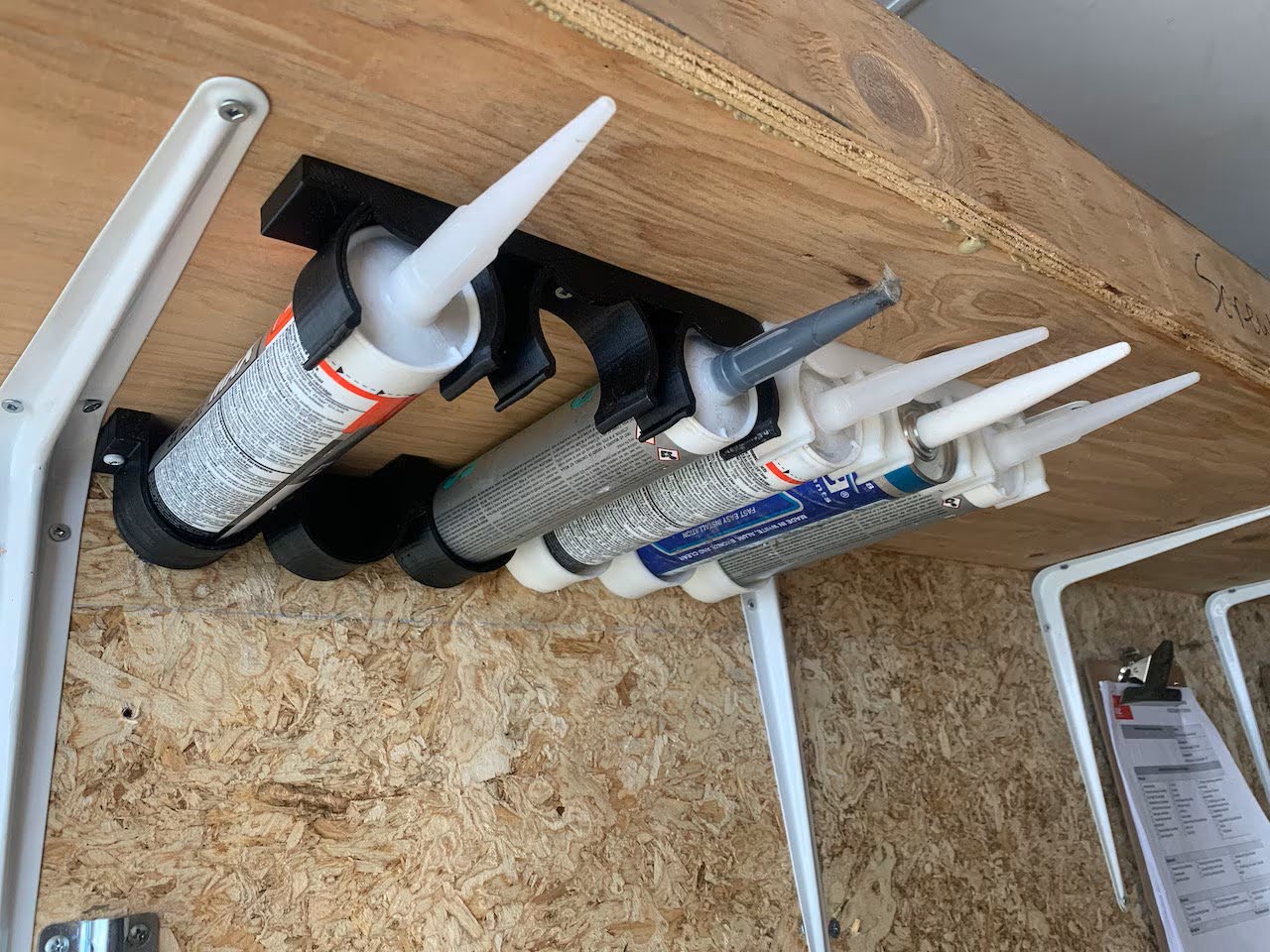
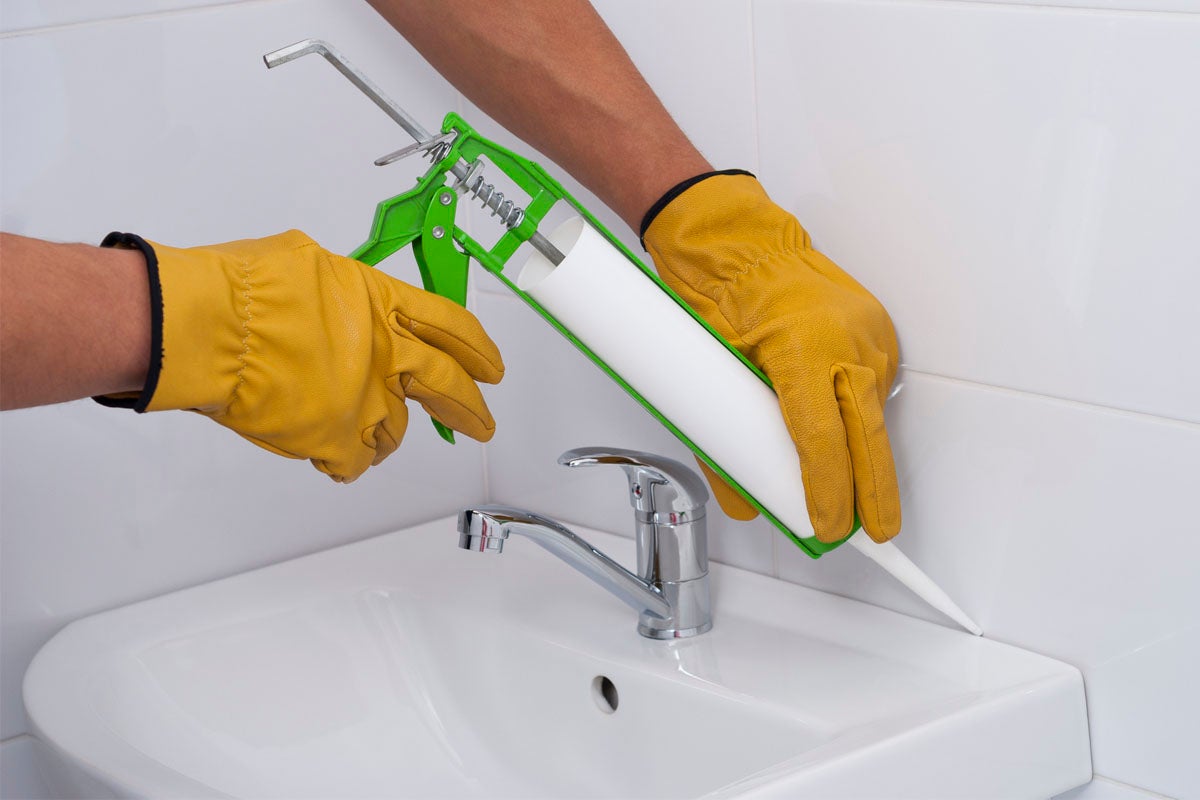
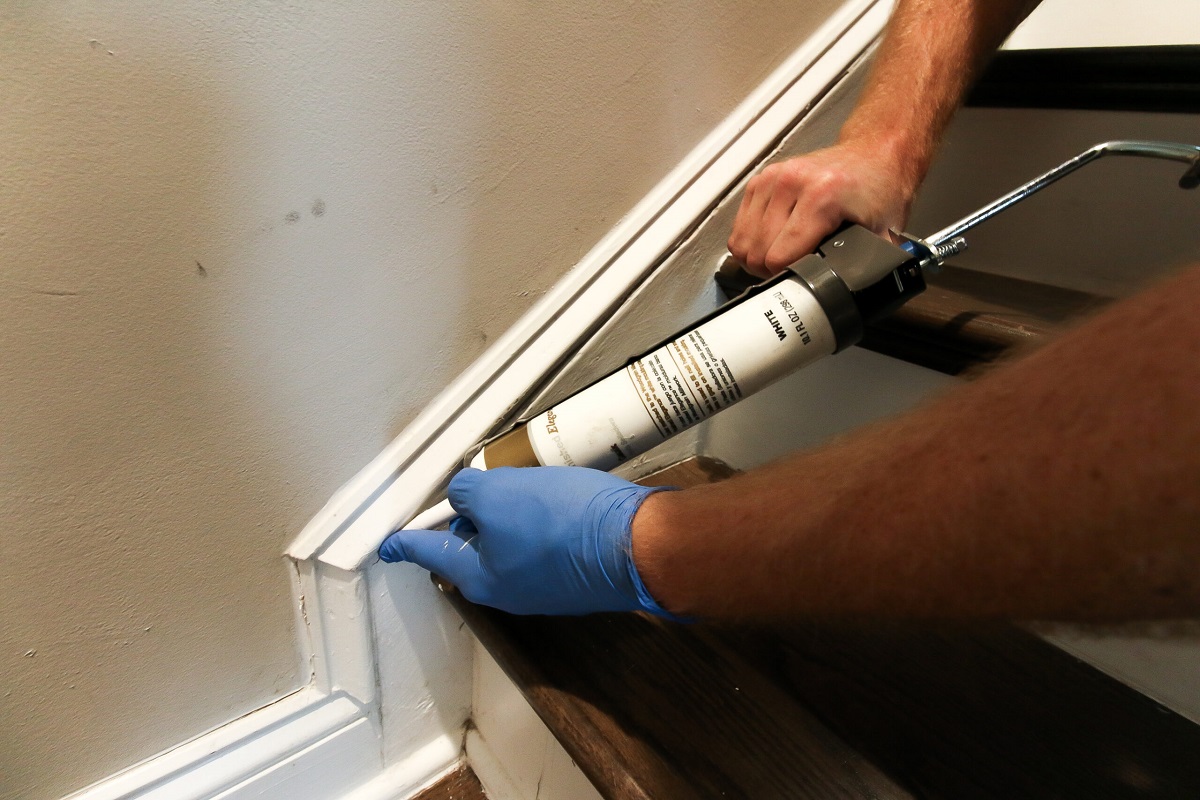
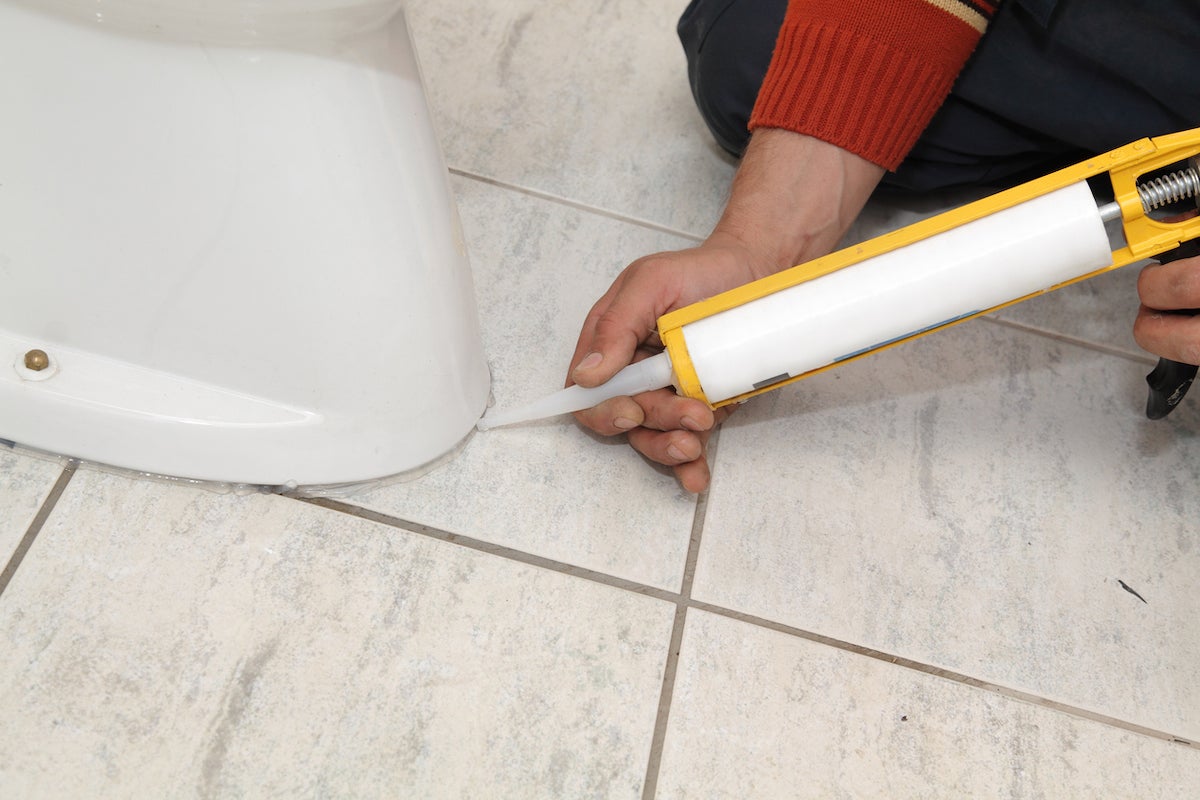
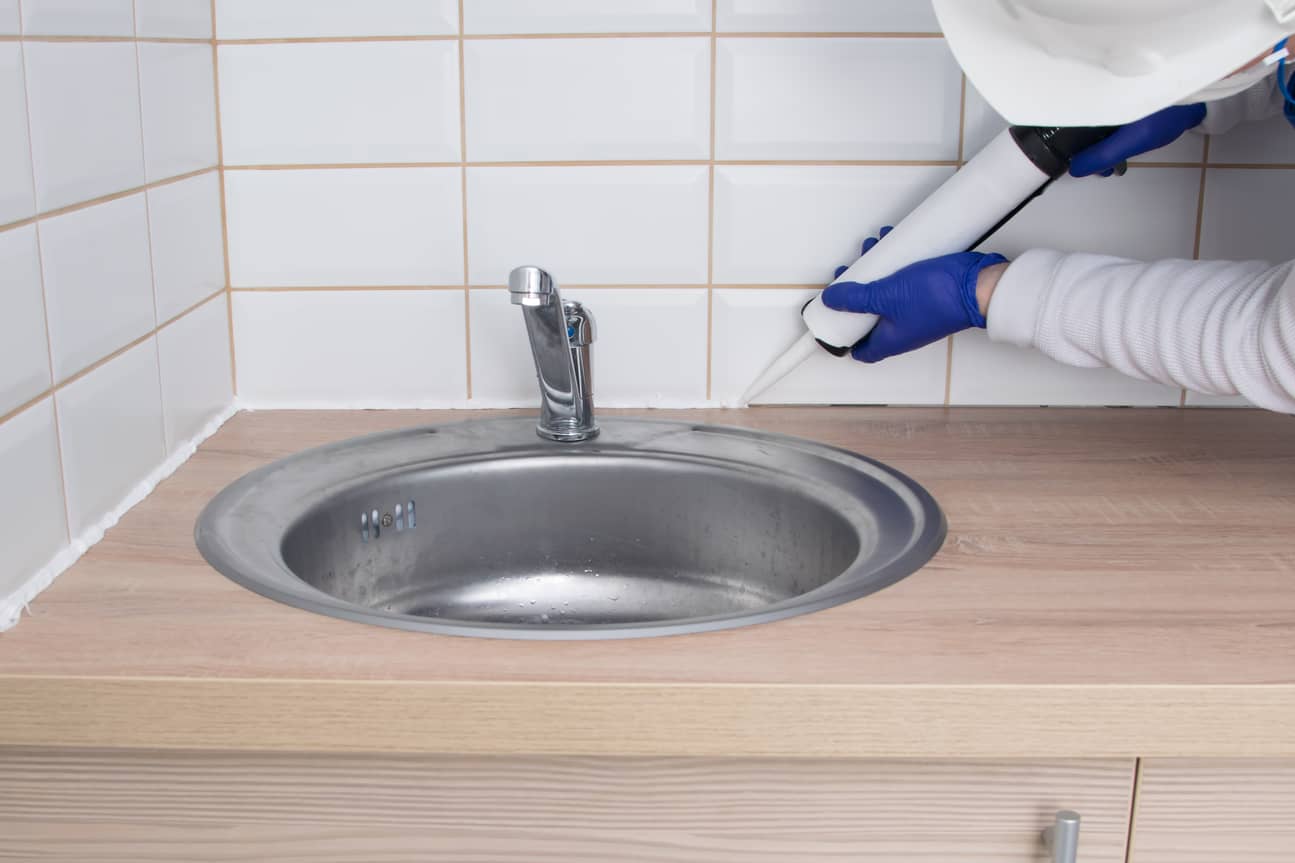
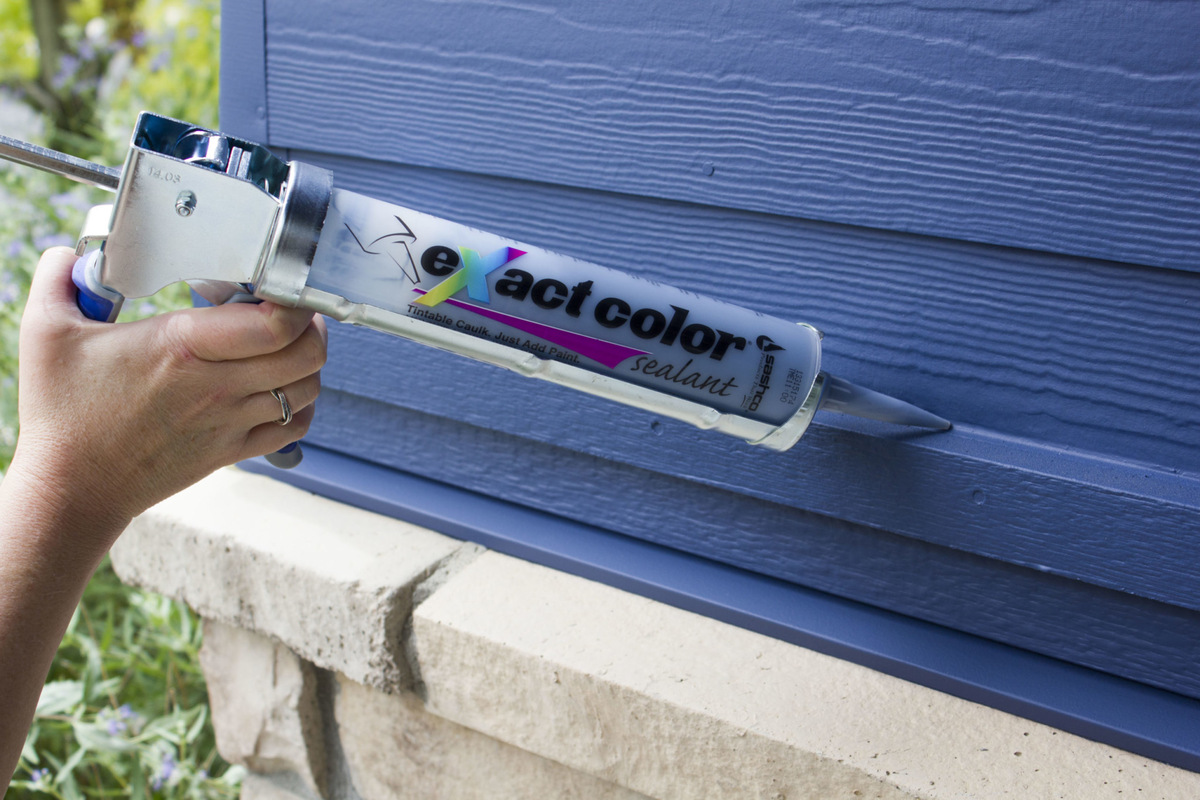
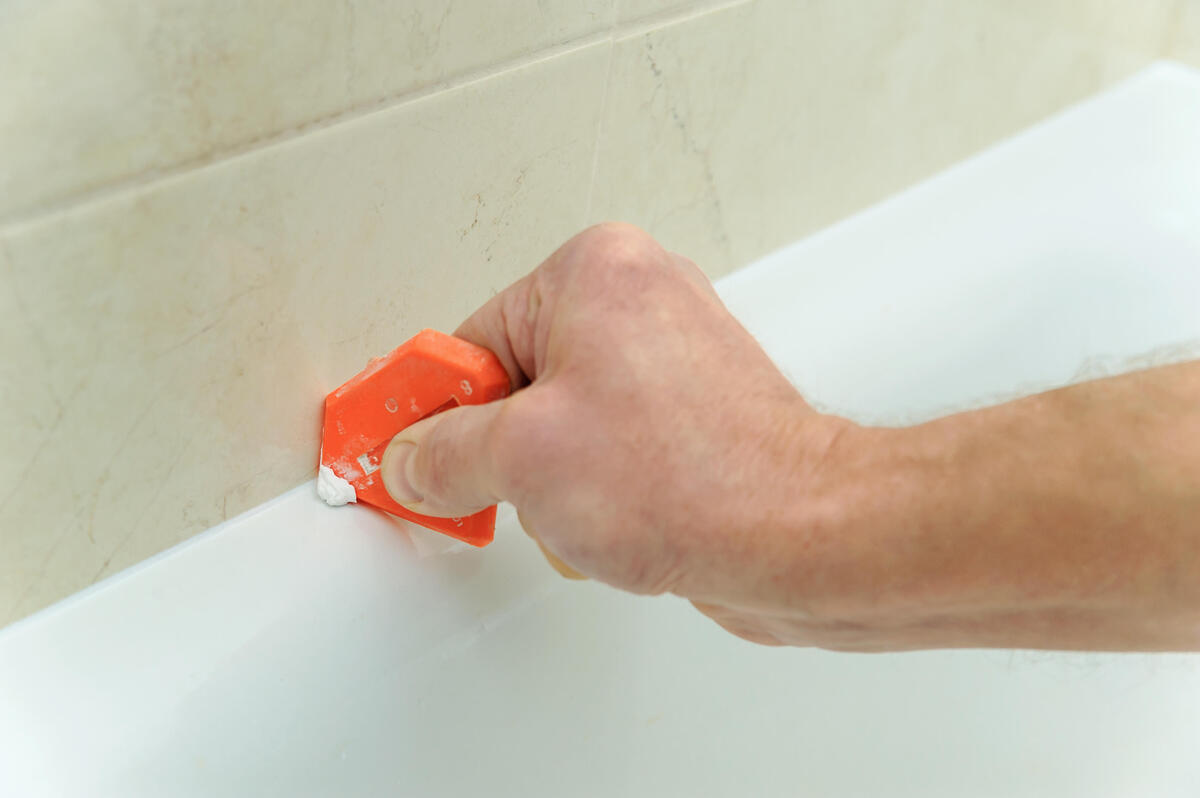

0 thoughts on “How To Store Silicone Caulk”